Unveiling the Beauty of Phaius Orchids Flowers and Leaves

Phaius Orchid blossom
The world of orchids is a captivating one, filled with vibrant colors, delicate forms, and an air of mystery. Among this diverse array, Phaius Orchids stand out as a true treasure, boasting large, showy flowers and striking foliage. While their reputation may precede them as being somewhat challenging to cultivate, the rewards for successfully nurturing these exquisite plants are well worth the effort.
In this comprehensive guide, we delve into the world of Phaius Orchids, exploring their unique characteristics, ideal growing conditions, and propagation techniques. Whether you’re a seasoned orchid enthusiast or a novice eager to embark on this floral adventure, this guide will equip you with the knowledge and confidence to cultivate and cherish these captivating blooms.
Introduction to Phaius Orchids: A Glimpse into Their Fascinating World
Phaius Orchids, also known as Swamp Orchids or Nun’s Orchids, belong to the genus Phaius within the orchid family Orchidaceae. These terrestrial orchids, native to Southeast Asia and Australia, are renowned for their large, flamboyant flowers and attractive foliage. Their name, “Phaius,” is derived from the Greek word “phaios,” meaning “dusky” or “dark,” alluding to the coloration of their leaves.
Phaius Orchids typically produce one or two stout, upright inflorescences, each bearing several large, showy flowers. These flowers, often measuring up to 5 inches in diameter, exhibit a wide range of colors, including shades of white, yellow, green, brown, and purple. Their petals and sepals, often adorned with intricate markings and patterns, further enhance their visual appeal.
Unveiling The Beauty Of 3 Gallon Knock Out Roses: An In-Depth Guide
Some Popular Varieties of Phaius Orchids
Phaius tancarvilleae (Nun’s Orchid): This is one of the most well-known Phaius orchids, and it is also one of the easiest to grow. It has large, fragrant flowers that are typically yellow or green with red or purple markings.
Phaius maculatus (flavus): This orchid has yellow flowers with red or purple markings. It is native to Southeast Asia and Australia.
Phaius maculatus (flavus): This orchid has yellow flowers with red or purple markings. It is native to Southeast Asia and Australia.
1. Cultivating Phaius Orchids: A Step-by-Step Guide Transforming Your Home into a Tropical Paradise
While Phaius Orchids may have a reputation for being somewhat demanding, their cultivation can be a rewarding and fulfilling endeavor. By providing them with appropriate growing conditions and care, you can successfully cultivate these stunning orchids and enjoy their captivating beauty.
1.1 Choosing the Right Pot and Potting Mix
The selection of an appropriate pot and potting mix is crucial for the well-being of your Phaius Orchid. Opt for a pot with drainage holes to ensure proper water flow and prevent waterlogging. The material of the pot, whether clay or plastic, is a matter of personal preference.
As for the potting mix, choose a well-drained, airy medium specifically designed for orchids. Such mixes often incorporate a combination of bark, perlite, and charcoal to provide optimal aeration and moisture retention.
1.2 Selecting the Ideal Location
Phaius Orchids thrive in bright, indirect light. Avoid placing them in direct sunlight, as this can scorch their leaves and hinder their growth. An east-facing window or a spot under a sheer curtain can provide the ideal lighting conditions.
These orchids prefer warm temperatures, ideally ranging between 60 and 70 degrees Fahrenheit (15 to 21 degrees Celsius). Avoid exposing them to temperatures below 50 degrees Fahrenheit (10 degrees Celsius) or above 85 degrees Fahrenheit (29 degrees Celsius).
1.3 Watering and Humidity Requirements
Watering is a critical aspect of Phaius Orchid care. During the active growth period, water the plant regularly, ensuring the potting mix remains moist but not soggy. Allow the top inch of the potting mix to dry out between waterings.
Humidity plays a vital role in the health of Phaius Orchids. Aim to maintain humidity levels around 50 to 60%. This can be achieved by placing the pot on a pebble tray filled with water or by misting the leaves regularly.
1.4 Fertilization
Fertilization provides essential nutrients for Phaius Orchids to flourish. During their active growth period, apply a balanced orchid fertilizer every two to four weeks. Follow the instructions on the fertilizer label carefully to avoid over-fertilizing.
1.5 Repotting
Repotting is necessary every two to three years or when the plant outgrows its current pot. Choose a pot that is one size larger than the current one and use a fresh orchid potting mix.

2. Propagating Phaius Orchids: A Path to Nurturing New Life
Propagating Phaius Orchids is a rewarding endeavor that allows you to multiply the beauty of these orchids and share their splendor with others. While there are two primary methods for propagating Phaius Orchids, division and seed propagation, each method requires its unique approach and considerations.
2.1 Division: A Simple Approach to Cloning
Division is the most common and straightforward method for propagating Phaius Orchids. It involves separating a mature plant into multiple propagules, each containing several pseudobulbs and roots.
To propagate Phaius Orchids by division, follow these steps:
- Gently remove the plant from its pot and carefully separate the pseudobulbs into individual propagules. Ensure each propagule has at least three healthy pseudobulbs and a good root system.
- Repot each propagule into a pot slightly larger than the root ball, using fresh orchid potting mix.
- Water the propagules thoroughly and place them in a warm, well-lit location.
2.2 Seed Propagation: Embracing the Challenge of Nurturing New Life
Seed propagation is a more challenging method for propagating Phaius Orchids, but it offers the satisfaction of witnessing the plant’s entire life cycle from seed to blooming adult.
To propagate Phaius Orchids by seed propagation, follow these steps:
- Clean mature Phaius Orchid seeds and sow them on a well-draining, sterile potting mix.
- Mist the potting mix lightly and maintain high humidity around the seedlings.
- Place the seed tray in a warm, well-lit location with indirect sunlight.
- Germination typically takes several weeks to several months.
- Once seedlings have developed two or three pseudobulbs, transplant them into individual pots filled with orchid potting mix.

3. Common Challenges and Solutions
While Phaius Orchids are generally resilient plants, they may encounter occasional challenges. Here are some common issues and their corresponding solutions:
- Yellow Leaves: If leaves are turning yellow, it could indicate overwatering or root rot. Adjust watering frequency and ensure proper drainage.
- Brown Spots on Leaves: Brown spots on leaves may be a sign of fungal infection. Treat with a fungicide and improve air circulation.
- Leaking Pseudobulbs: Leaking pseudobulbs could indicate root rot. Recheck watering frequency, improve drainage, and consider repotting.
- Poor Blooms: Poor blooming could be due to insufficient light, improper temperature, or inadequate fertilization. Provide adequate light, maintain ideal temperatures, and fertilize according to the plant’s needs.
Care Table of Phaius Orchids
| Aspect | Description |
|---|---|
| Light | Bright, indirect light |
| Temperature | Warm, between 60 and 70 degrees Fahrenheit (15 to 21 degrees Celsius) |
| Watering | Water regularly, ensuring the potting mix remains moist but not soggy. Allow the top inch of the potting mix to dry out between waterings. |
| Humidity | Maintain humidity levels around 50 to 60%. This can be achieved by placing the pot on a pebble tray filled with water or by misting the leaves regularly. |
| Fertilization | Apply a balanced orchid fertilizer every two to four weeks during the active growth period. |
| Repotting | Repot every two to three years or when the plant outgrows its current pot. |
| Propagation | Propagate by division or seed propagation. |
| Common Challenges | Yellow leaves, brown spots on leaves, leaking pseudobulbs, poor blooms. |
4. Embracing the Journey of Phaius Orchid Cultivation
Nurturing Phaius Orchids is a journey filled with challenges and rewards. By understanding their unique needs and providing them with the appropriate care, you can successfully cultivate these captivating orchids and enjoy their beauty for years to come. As you embark on this journey, remember that every success, every bloom, and every new leaf is a testament to your dedication and passion for these extraordinary plants.
Conclusion
Phaius Orchids, with their flamboyant flowers and striking foliage, are a true testament to the beauty and diversity of the orchid kingdom. While their cultivation may require some effort, the rewards of successfully nurturing these captivating plants are immeasurable. By following the guidelines provided in this comprehensive guide, you’ll be well on your way to mastering the art of cultivating Phaius Orchids and creating a vibrant oasis of blooms in your home or garden. So, gather the necessary tools, embrace the challenges, and embark on the journey of cultivating Phaius Orchids, where passion meets beauty in a symphony of blooms.

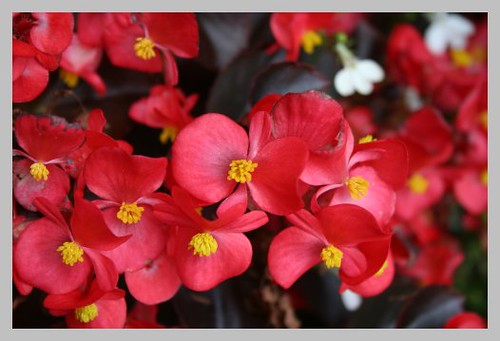
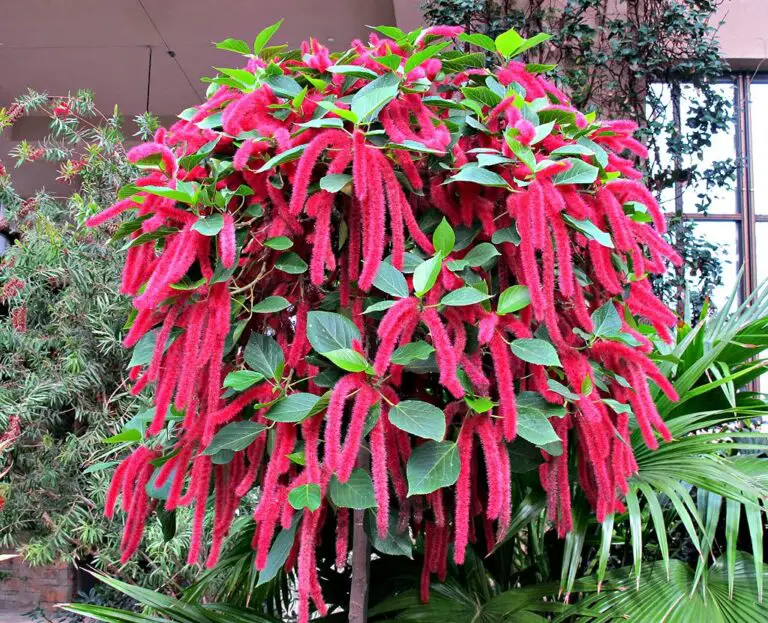

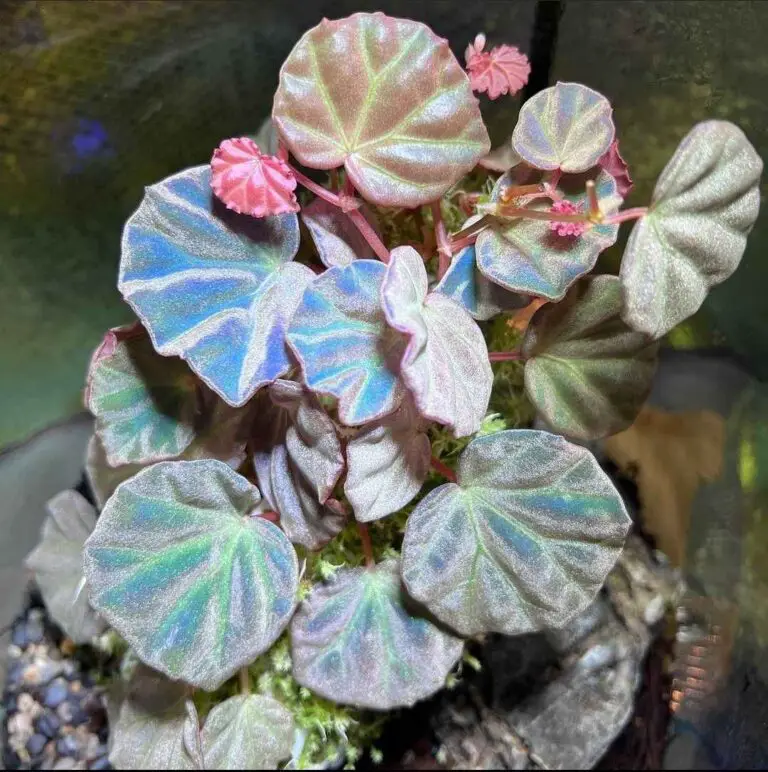
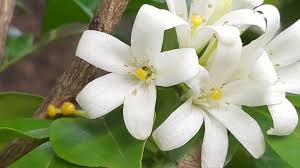
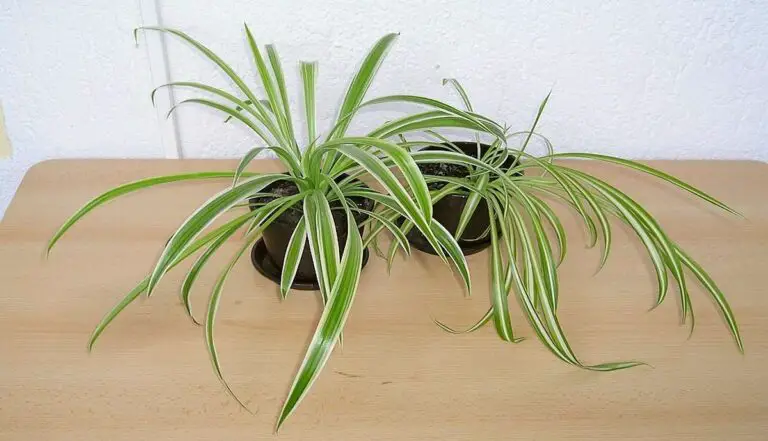

Hello,
New club music https://0daymusic.org
Download MP3/FLAC, Label, LIVESETS, Music Videos.
Promo Music DJs
Your article helped me a lot, is there any more related content? Thanks!